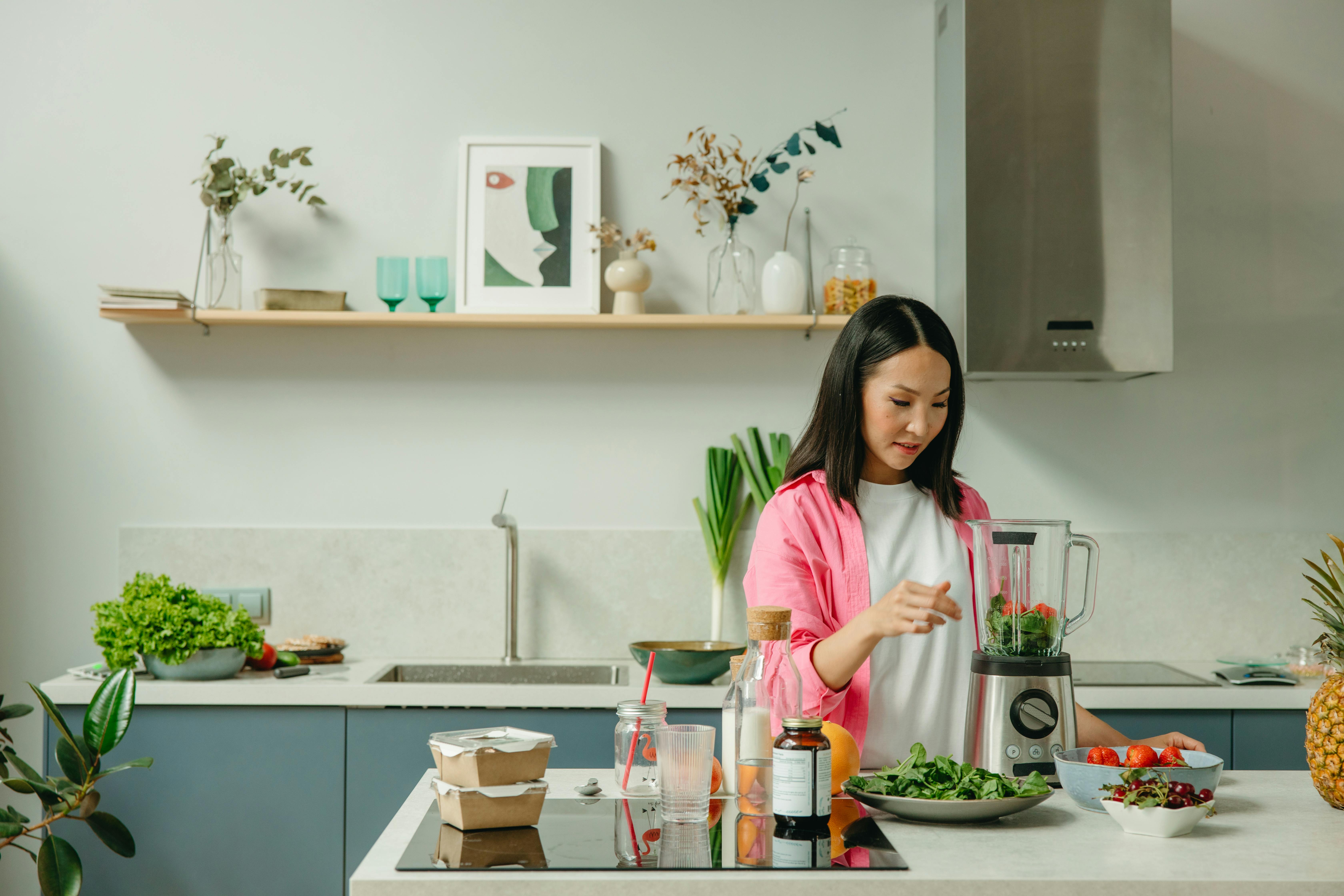8 Healthy Smoothie Recipes Pregnancy Women Will Love
Expecting a baby is one of the most exciting journeys in life—but it’s also one that demands careful attention to health and nutrition. Healthy smoothie recipes for pregnancy offer an easy, delicious way to stay nourished, energized, and balanced. In this guide, you’ll discover everything you need to know about pregnancy-friendly smoothies, including essential ingredients, preparation tips, and expert-backed recipes that meet your nutritional needs.

Understanding the Fundamentals
Healthy smoothie recipes during pregnancy aren’t just a trend—they’re a science-backed approach to supporting both mother and baby. These nutrient-packed beverages combine fruits, vegetables, proteins, and healthy fats in a single, convenient meal or snack. But not all smoothies are created equal—especially when it comes to prenatal health.
By understanding the nutritional building blocks that matter most during pregnancy, you can craft smoothies that aid fetal development, reduce fatigue, and even ease morning sickness. Think of your blender as your best friend on this journey!
1.1 Nutritional Needs in Pregnancy
During pregnancy, your body’s need for certain nutrients increases significantly. Key essentials include folic acid, iron, calcium, protein, omega-3 fatty acids, and fiber. Smoothies are an effective way to incorporate these nutrients in one simple serving. According to the American Pregnancy Association, many women fall short on these during their first trimester.
By blending spinach (iron), chia seeds (omega-3s), Greek yogurt (protein), and berries (antioxidants), you create a nutritional powerhouse. These smoothie combinations help fight fatigue, support the immune system, and nourish both mother and child.
1.2 Safety and Ingredient Awareness
Not all ingredients are safe during pregnancy. Raw eggs, unpasteurized dairy, and excessive caffeine should be avoided. Choose organic produce when possible and always wash your fruits and vegetables thoroughly. Frozen fruits are often safer and more convenient.
Also, be cautious with herbs and supplements. While ginger can help with nausea, others like ginseng or maca root may not be pregnancy-safe. When in doubt, stick with whole foods and check with your healthcare provider.
Practical Implementation Guide
Now that we’ve covered the basics, let’s talk about how to actually create healthy smoothie recipes for pregnancy in your own kitchen. With a few essentials on hand, you’ll be able to whip up quick, satisfying smoothies that support your health and taste amazing.

2.1 Actionable Steps
- Stock up on essentials: Buy frozen fruits, leafy greens, nut butters, Greek yogurt, oats, chia seeds, and plant-based milk.
- Use a high-quality blender: A powerful blender ensures creamy texture and even nutrient distribution.
- Meal prep ingredients: Pre-portion smoothie bags with your favorite combos and freeze for grab-and-go convenience.
2.2 Overcoming Challenges
Common issues include nausea, lack of appetite, or aversions to certain smells. To manage these:
- Try ginger or lemon-based smoothies to reduce nausea.
- Use mild-tasting ingredients like banana or oat milk for sensitive palates.
- Keep portions small and sip slowly if you feel queasy.
Experts also recommend drinking smoothies at room temperature during the first trimester to avoid triggering morning sickness. And if you’re short on time, keep smoothie cubes in your freezer for quick blending.
Advanced Applications
Once you’ve mastered the basics, you can elevate your smoothie game by targeting specific pregnancy symptoms or trimester-based needs. These techniques allow you to customize blends that provide enhanced benefits—from digestion support to energy boosts.

3.1 Trimester-Specific Smoothies
First Trimester: Focus on folate-rich options using spinach, avocado, and citrus fruits. Add a touch of ginger for morning sickness relief.
Second Trimester: Build with calcium and iron-rich ingredients like kale, sesame seeds, and blackstrap molasses.
Third Trimester: Go for fiber and omega-3s with flax seeds, prunes, and walnuts to support digestion and brain development.
3.2 Smoothies for Specific Needs
Struggling with low energy? Try a smoothie with banana, oats, and almond butter. Dealing with constipation? Blend kiwi, pear, and chia seeds. Each recipe targets a symptom or challenge commonly experienced during pregnancy and uses safe, effective ingredients.
Future Outlook
The rise in interest around healthy smoothie recipes for pregnancy reflects broader health trends. Expect continued innovation in prenatal nutrition—like plant-based prenatal powders, superfood blends, and AI-personalized recipes.
Over the next 3–5 years, we anticipate more OB/GYNs and midwives recommending food-as-medicine strategies, including smoothies. Pregnant individuals can prepare by becoming familiar with their nutritional needs and learning how to customize meals like smoothies to meet those goals.
Conclusion
To wrap up, here are the three biggest takeaways: First, smoothies are a versatile and enjoyable way to meet your prenatal nutritional needs. Second, safety and balance are key—use only pregnancy-approved ingredients. And third, consistency matters: daily smoothies can create lasting health benefits.
Start with one recipe and make it part of your morning routine. Before long, you’ll feel more energized, balanced, and confident in your pregnancy journey—one smoothie at a time!
Frequently Asked Questions
- Q: Are smoothies safe during pregnancy? Yes, when made with pasteurized dairy, safe fruits, and pregnancy-approved ingredients.
- Q: How do I start making healthy pregnancy smoothies? Begin with basic blends using banana, spinach, almond milk, and chia seeds. Add complexity over time.
- Q: How much time does it take to make a smoothie? Most take under 5 minutes if your ingredients are prepped in advance.
- Q: Are smoothies expensive to make? Not necessarily. Buy ingredients in bulk, use frozen fruits, and prep portions to save money.
- Q: Are smoothies better than prenatal vitamins? They’re not a replacement but a powerful complement to your supplement routine.
- Q: How difficult is it to get the right balance of nutrients? It’s easy with a base recipe—just rotate fruits and leafy greens while monitoring portion sizes.
- Q: Can I use smoothies in a gestational diabetes diet? Yes, with low-glycemic ingredients like berries, unsweetened almond milk, and protein powders—just monitor your sugar intake closely.
